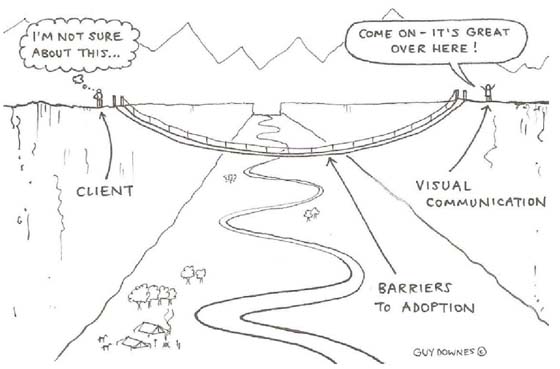5 Client Habits Commercial Photographers Love
Posted on March 23, 2012
Of course, commercial photographers love each and every one of their clients. Clients help bring new ideas to the table and keep commercial photographers shooting what they love, the client’s product. With that being said, there are a few habits that make the process of commercial photography just that much happier for everyone 🙂
- Inspiration Pictures: They are extremely helpful when working with visually driven people. Think about it in terms of a musician. If you wanted him or her to play a song at your wedding, they would acquire the song, listen to it, dissect it, emulate it, and ultimately make it their own masterpiece. Inspiration images allow the photographer to understand the lighting and feeling the client is ultimately going for.
- Detailed Shot Lists: Be as detail oriented as possible; right down to the facial expressions or angle of the drink on the table. A detailed list helps everyone, from stylists to assistants, get on the same page. You can include images, product #’s, really anything specific to get the detailed message across.
- Patience: This goes for everyone on set. In-order to keep a positive, motivated, passionate crew, everyone must be given adequate time to handle their end of the production. Nothing leads more quickly to an unhappy working experience then frustration or rushing everyone involved.
- Clear, articulated feedback: Trying to use positive, instead of negative statements, with your co-creators, will lead to positive results. Instead of simply saying “This isn’t working”, it helps to say “Could we try this amazing outfit?” or “How about this angle, the light looks so great from there.”. It’s a more specific, positive statement.
- Know what you want: This goes hand in hand with the first 2 topics, but it can’t be stressed enough! This is ultimately the key factor in getting the best out of your extremely talented commercial photographer!

